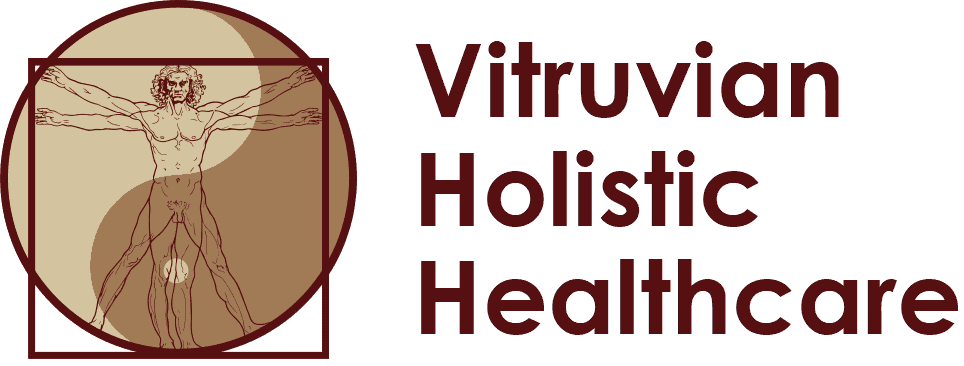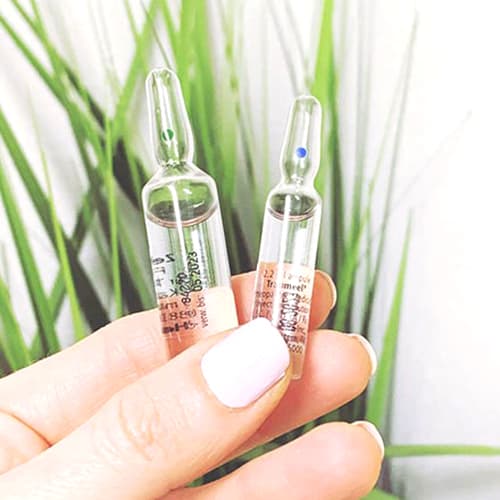
Acupoint Injection Therapy
The opposite direction from cortisone, we use vitamins, minerals, homeopathics, and sterile herbal solutions to treat a variety of issues.

Eastern Nutrition
Beyond calories and macros, all food has a medicinal quality. Just because it is healthy doesn’t mean it is right for your unique constitution.
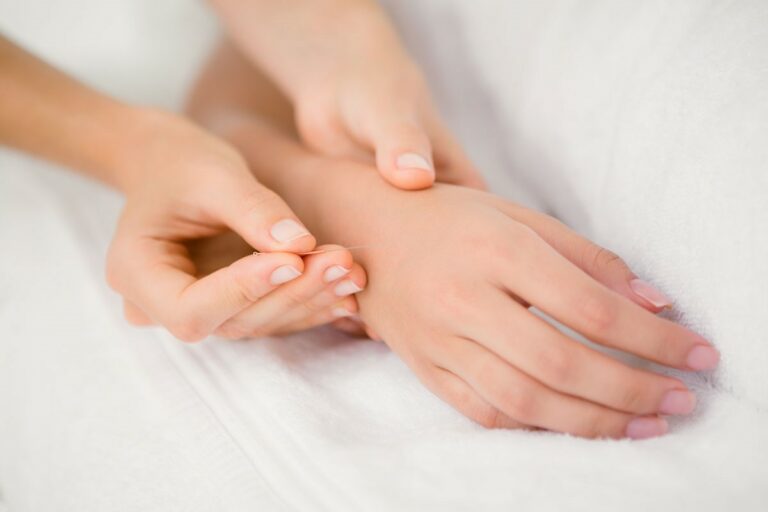
Orthopedics
Injuries and pain are common. But relief can be quick to get you back to doing what you love.
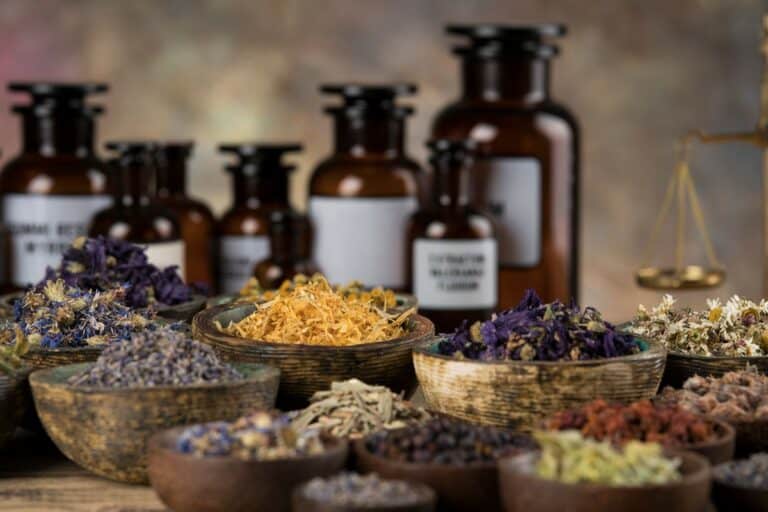
Herbal Medicine
Individually tailored herbal formulas to address your concerns without the side effects.
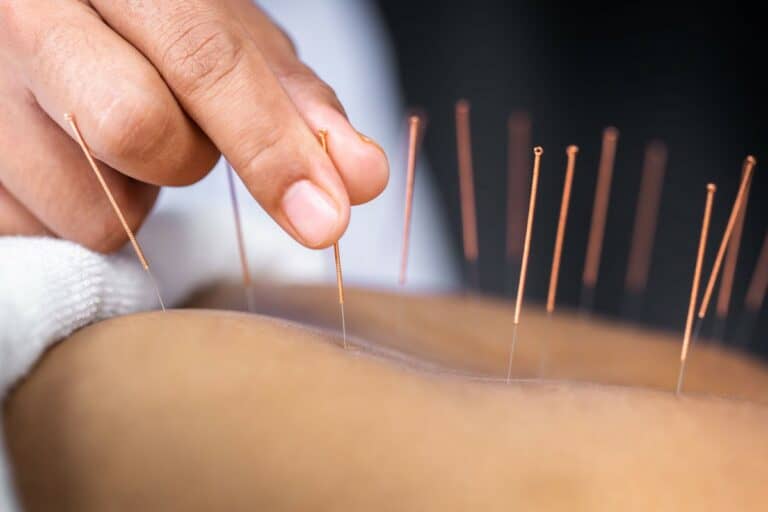
Acupuncture
Tiny needles placed in very specific points all over the body can treat nearly any condition.
